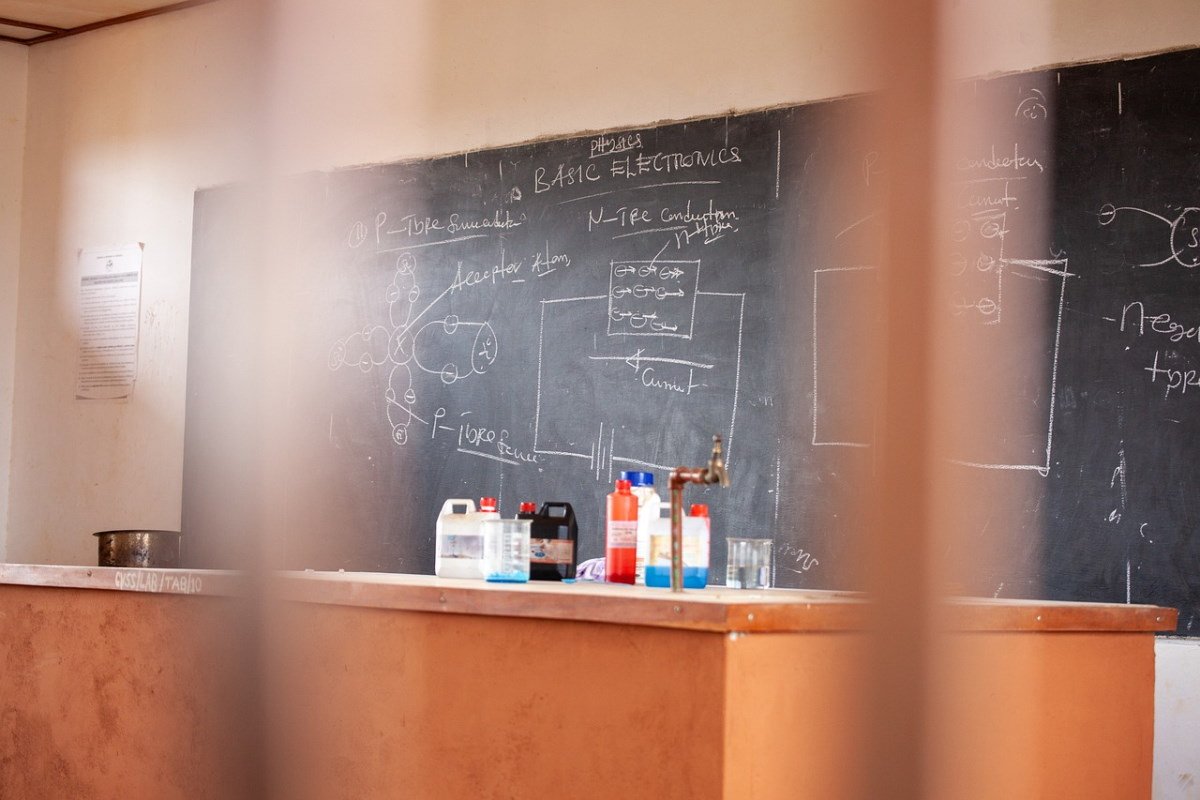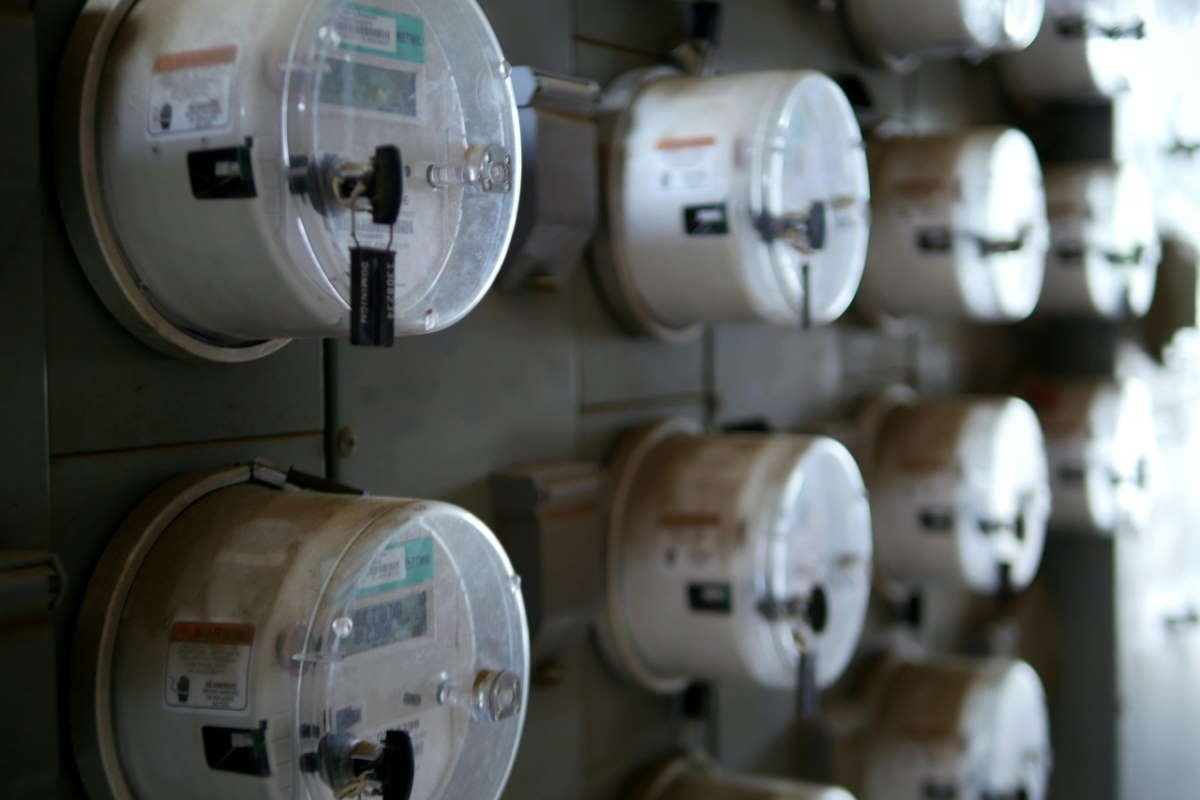High Schools in Ontario, Canada: Tips for Students and Parents
High schools in Ontario present a complex journey for students and their parents alike.
As a father of two high school students and an ex-immigrant, I have personally navigated the Ontario high school system, experiencing moments of both ease and challenge, along with occasional disappointment.
Understanding the hurdles this system can present, I’ve crafted this basic guide to offer parents a thorough insight into what to expect as their child embarks on and progresses through the Ontario high school journey.
This guide covers the curriculum, graduation requirements, and the various programs and support services available, aiming to provide parents with essential knowledge and tips for further assistance.

High School or Secondary School? What’s the Difference?
In Ontario, Canada, both “high school” and “secondary school” are accurate and commonly used terms.
However, “secondary school” is the more official term used within the education system to refer to institutions that provide education from grades 9 through 12. “High school” is widely used in everyday language and is equally understood among the general public.
Related: Essential Tips for Choosing Quality Child care in Ontario
Preparing for High School
Transitioning from elementary to high school in Ontario marks a significant and exciting milestone in a student’s academic journey, signaling the start of a new chapter.
To smoothly navigate this transition, it’s critical for students and their parents to complete registration and ensure correct grade level placement before the school year begins.
Additionally, participating in orientation programs, open houses, and information sessions offered by high schools provides a golden opportunity. These activities are key to familiarizing students with the high school setting, allowing them to explore a variety of classes, learn about available support and resources, and get a sense of the new responsibilities and social environment awaiting them.
By easing the shift to high school, these orientations play a vital role. They help students and their families tackle the challenges ahead and make informed choices regarding core and elective courses that align with the students’ interests and future aspirations.
Overview of Ontario’s High School System
Structure and Curriculum
The Ontario high school system is designed to provide students with a comprehensive education that prepares them for post-secondary education, apprenticeships, or the workforce.
The curriculum is divided into various subjects, including mandatory courses in English, Mathematics, Science, and Social Studies, along with elective options allowing students to explore their interests.
For some, this will ease their journey through school because they will have an opportunity to choose easier subjects and drop those they do not want. Unfortunately, many will choose an easy way and therefore miss an opportunity to learn more and prepare for future success.
Grading and Evaluation
High schools in Ontario use a standardized grading system, with marks ranging from 0 to 100%. Assessments are varied, including tests, assignments, projects, and presentations, to accurately reflect students’ understanding and skills.
Progress is communicated through report cards and parent-teacher meetings, ensuring that both students and parents are aware of academic achievements and areas needing improvement.
Here is the grading system breakdown and meaning:
A+ (90-100%): This range signifies exceptional understanding and application of the material. Students demonstrate a high level of critical thinking, creativity, and skill in their work that exceeds curriculum expectations.
A (80-89%): Indicates excellent achievement and a thorough understanding of the content. Students at this level are highly proficient in applying what they have learned in a variety of contexts.
B (70-79%): Reflects good understanding and achievement. Students have demonstrated solid skills and comprehension, meeting most curriculum expectations with consistent quality.
C (60-69%): Signifies a satisfactory level of achievement. Students meet the basic curriculum expectations and have a fundamental understanding of the material, but may struggle with more complex concepts or applications.
D (50-59%): Indicates a limited achievement. Students meet some, but not all, of the curriculum expectations and require improvement to achieve a satisfactory understanding and application of the material.
F (below 50%): Demonstrates insufficient achievement of curriculum expectations. Students at this level have not demonstrated the required knowledge or skills and need significant improvement or remediation.
High marks are recognized as indicators of strong academic performance, potentially opening doors to advanced placement classes, scholarships, and post-secondary opportunities.
Lower grades signal the need for additional support, encouragement, and possibly adjustments in study habits or learning strategies.
What Happens if Students Do Not Meet Requirements?
If a student in Ontario high schools do not meet the academic requirements, several supportive pathways are available to help them succeed.
Options include summer school for intensive study, credit recovery programs to focus on specific areas of need without repeating the entire course, and tutoring or extra help sessions for personalized assistance.
For students facing unique challenges, Individualized Education Plans (IEP) can be developed, offering tailored strategies and accommodations.
Alternative education programs provide flexible learning environments for those who might benefit from a different educational approach.
In rare cases, repeating a grade may be considered as a last resort, ensuring students have a solid foundation before advancing.
Compulsory and Elective Courses in Ontario High Schools
In Ontario high schools, students are required to complete a mix of compulsory and elective courses to fulfill the requirements for graduation. The compulsory subjects ensure that all students receive a well-rounded education, covering essential areas of learning.
Beyond these, students can choose from a wide array of elective courses, allowing them to explore their interests and potential career paths. While it’s beneficial to select electives, focusing on essential core subjects that provide fundamental skills for every student is crucial.
Also, finding the right balance between fun classes and essential learning is key to doing well in high school and preparing for the future.
In the semester-based education system, students typically focus on a set of four courses during the first semester, from September to January, before transitioning to a different set of four courses in the second semester, from February to June.
On the other hand, non-semester schools offer a different approach, where students study the same eight courses throughout the entire year, from September to June. The academic year in these schools is divided into three terms, providing a consistent pace of study across all subjects.
Here’s an overview of both the common compulsory subjects and examples of elective credits available.
Common Compulsory Subjects
- English: Mandatory in all four years of high school, focusing on literature, writing, and communication skills.
- Mathematics: Required in grades 9 and 10, with options for advanced study in grades 11 and 12.
- Science: General science in grade 9, followed by specific disciplines (biology, chemistry, physics) in subsequent years.
- Canadian History: Typically taken in grade 10, covering Canada’s history from the 18th century to the present.
- Geography: Usually a grade 9 course focusing on physical and human geography.
- French as a Second Language: Often required up to grade 9, with opportunities for further study.
- Physical Education: Encouraged for health and physical activity, required in at least one grade.
- Civics and Careers: Half-credit courses usually taken in grade 10, covering government, citizenship, and career planning.
Elective Credits
Elective courses in Ontario high schools span a broad range of subjects, allowing students to tailor their education to their interests and post-secondary aspirations.
Here are examples of elective areas and specific courses that might be available:
- Arts: Including visual arts, drama, music, and media arts. These courses encourage creative expression and can include practical performance or creation, as well as theoretical study.
- Business Studies: Courses such as accounting, entrepreneurship, marketing, and information technology prepare students for the business world and develop their understanding of economic principles.
- Technology: Electives in this area can cover computer programming, engineering, construction technology, and technological design, providing hands-on experience with various tools and software.
- Health and Physical Education: Beyond the compulsory courses, electives may include specialized sports, fitness, and health sciences, focusing on advanced physical training or sports management.
- Languages: Additional language courses beyond English and French, depending on the school’s offerings. These might include Spanish, Mandarin, German, or Indigenous languages.
- Social Sciences and Humanities: Electives like psychology, sociology, anthropology, and philosophy explore human behavior, culture, and thought.
- Sciences: Advanced or specialized science courses in biology, chemistry, physics, and environmental science for students with a keen interest in these areas.
- Canadian and World Studies: Advanced studies in history, geography, and politics, focusing on Canada or global perspectives.
- Cooperative Education: Allows students to earn credits through work placements, gaining practical experience in a field of interest.
- Specialist High Skills Majors (SHSM): Tailored programs that focus on a specific economic sector, combining classroom learning with practical experience and certifications.
The selection of elective courses can vary significantly from one school to another, depending on factors like student interest, teacher expertise, and resource availability.
Getting ready for high school means planning ahead, understanding what to expect, and choosing classes wisely. While it’s great to pick electives that match your interests, don’t forget the important core subjects that give you the basic skills you need.
Finding the right balance between fun classes and essential learning is key to doing well in high school and preparing for the future. With the right information and choices, students and their families can look forward to a successful and enjoyable high school experience.
What is Needed to Graduate: Requirements
Credits
To graduate from an Ontario high school, students must earn a total of 30 credits, 18 of which are compulsory in core subjects such as English, Math, Science, and History. There are also 12 elective credits that allow students to focus on their interests and career goals.
Community Involvement Hours
Students are required to complete 40 hours of community involvement activities, ranging from volunteering at nonprofit organizations to participating in environmental projects, tutoring programs, community sports, and assisting with school activities, enabling them to make a significant contribution to their communities.
Literacy Requirements
Another graduation requirement is passing the Ontario Secondary School Literacy Test (OSSLT) or completing the Ontario Secondary School Literacy Course (OSSLC) if the test is not successfully passed.
Specialized Programs and Pathways
Ontario high schools offer advanced programs for students aiming to deepen their academic and career readiness, preparing them for post-secondary success. Options include:
International Baccalaureate (IB) Program: A rigorous, globally recognized curriculum fostering critical thinking and personal development, culminating in exams that can earn college credits.
Specialist High Skills Majors (SHSM): Career-focused programs providing skills and certifications in sectors like Health, Business, and Technology, paired with practical experiences.
Advanced Placement (AP) Courses: University-level courses across various subjects, allowing students to gain college credit based on exam performance.
STEM Programs: Specialized in Science, Technology, Engineering, and Mathematics, these programs offer advanced courses and project-based learning to prepare for high-demand careers.
Arts and Humanities Enrichment: Programs emphasizing creative and critical engagement in the arts and humanities through advanced courses and professional workshops.
Dual Credit Programs: Enable students to earn both high school and post-secondary credits, accelerating their educational journey.
Support Services
Guidance Counseling
High schools in Ontario provide guidance counseling services to assist students with academic planning, post-secondary applications, and personal issues. I have witnessed firsthand how beneficial this counseling was for our boys in choosing the right subjects, programs, and pathways – I strongly recommend it.
Special Education Services
Students with learning disabilities or other special needs have access to special education services designed to support their educational journey. These services include individualized education plans (IEPs), resource rooms, and accommodations to ensure all students can succeed in their studies.
Parental and Teacher Involvement
Schools offer various channels for communication, including parent-teacher meetings, newsletters, and online portals such as Edsby, allowing parents to stay informed and involved in their child’s education.
Conclusion
Navigating high school in Ontario presents a unique set of challenges and opportunities for students and their families. From adjusting to a new school environment to taking advantage of the various programs and support services offered, the journey requires careful preparation and active engagement.
Whether starting before the school year or during, success in this critical phase of education hinges on understanding the system and making the most of the resources available.
With a proactive approach, students can thrive, laying a solid foundation for their future academic and professional endeavors.
Related Articles
-

How Much Are Utilities in Canada?
If you’re immigrating or already living in Canada, understanding utilities and their costs is important for managing your finances comfortably.… Read more
-

Moving to Toronto
Moving to Toronto is an exciting choice, as Canada’s largest and most diverse city offers a lot. People move to… Read more
-

Where to Stay in Windsor, Ontario: A Guide to Hotels, Motels, Bed & Breakfasts, and Campgrounds
If you are wondering where to stay in Windsor, Ontario, you’ll be happy to know there is a wide variety… Read more







